They want to change the flag and coat of arms of Serbia: See the proposal to change the state's visual identity (PHOTO)
Graphic designer and vexillologist Vladan Pavlovic created a new look of the flag of Serbia, that is, the concept of a new visual identity of our country.
The new symbol of Serbia is a white rosette with eight petals, placed symmetrically on the blue background of the flag, which is a symbol of a calm sky.
Rosette with its appearance and position symbolizes unity, peace, and stability, and with various petals the dynamic of a multicultural and tolerant society. With its ancient symbolism, it represents the sun, star, life, and nature with its floral ornament.
In his solution, the author retained all three pan-Slovenic colors from the existing flag of Serbia. For the sake of better identification, he has increased the blue surface on the flag, because he considers it difficult to remember in what order the colors go on the current flag and to distinguish it from similar flags of other countries.
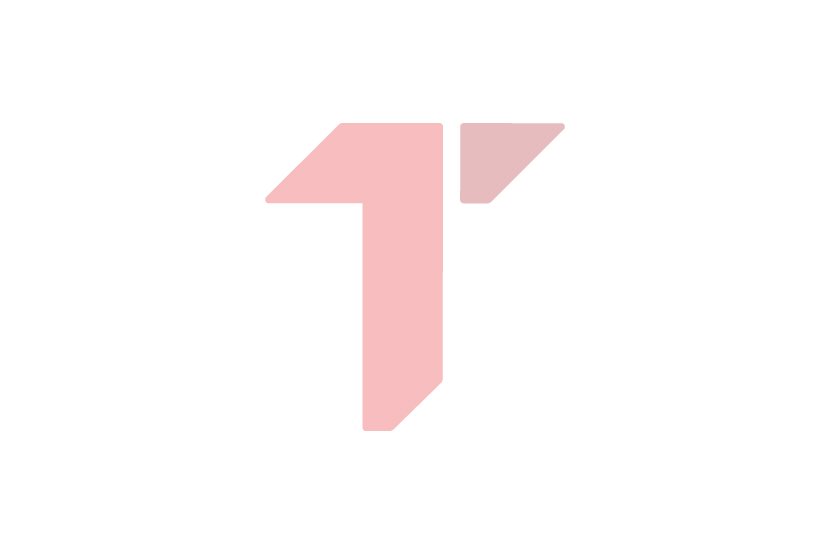
- The blue color puts emphasis on the flag and it is easier to remember it. With this change, the flag becomes unique in the world. Due to the larger blue surface, the symbol is highlighted - explains Pavlovic.
Pavlovic says he was inspired by an inadequate way of presenting the identity of our country, its cities, municipalities, and region, and the project was done in cooperation with designers, artists, and interviewed citizens of Serbia.
- In modern times it has become normal to redesign obsolete identities of cities, municipalities, the region, and even the state, as this helps to better connect citizens with identities, state organs, and administrations, and understanding the symbolism of the characteristics, with a simple and redefined design. The current state of the state markings is pretty bad, with too many elements and details, kitsch, missed and unsuitable symbols and images that are most often unconstitutional. A lot of work by professionals is required to equalize the concepts and designs for all state celebrations - considers Pavlovic.
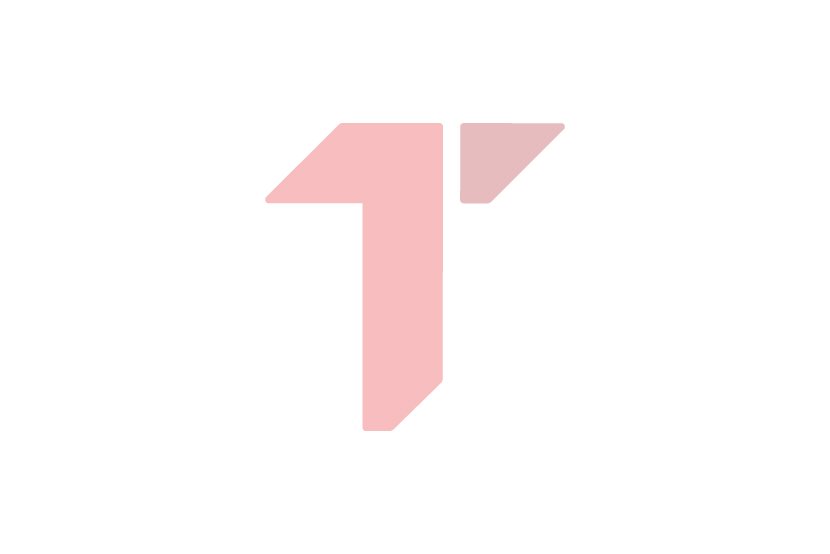
He explains that Serbia has a long heraldic tradition that originates from the Byzantine Empire, and uses symbols of Christianity. The most widely used are the Ocelot (ognjilo, the Serbian cross), the lily, and the symbols of the monarchy and empire, such as the two-headed eagle, the crown, the royal cloak, and the like.
- In the new age, such a medieval heraldic does not represent a modern tolerant and multicultural society with its symbolism, because Serbia is a secular and democratic republic under the Constitution of Serbia. Innovation is crucial in the development of Serbia, and identities should always be in line with the time in which we live. Traditions of the Serbian people can not be lost by this change, but only upgraded - Pavlovic says:
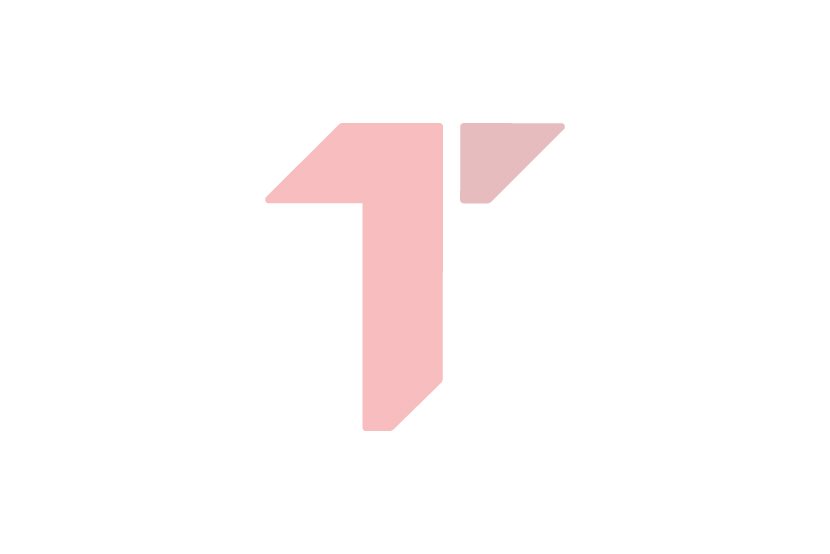
- Serbia has a long tradition in ornamentation, which can be seen mostly in architecture and painting, as well as in clothing and items, decorated books... Ornaments of flowers and plant are frequent, among which this symbol of the rosette is the most used in its various styles.
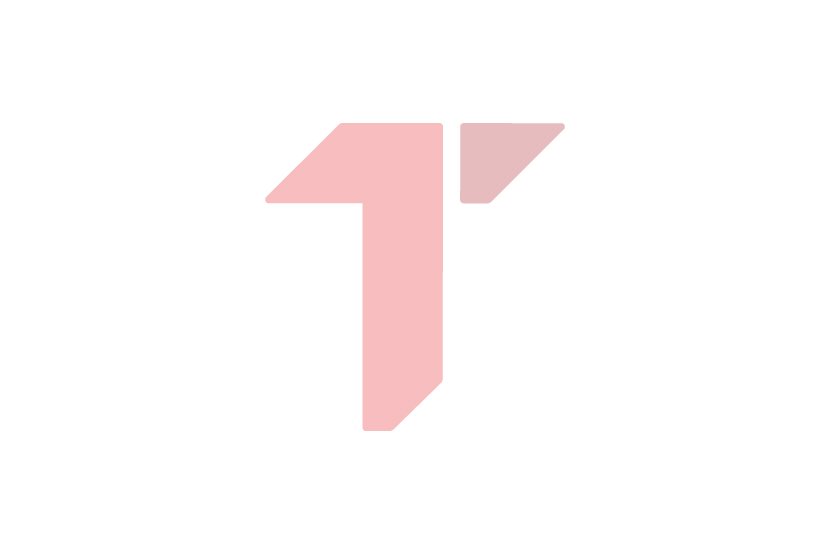
According to him, the flags were previously used for military coordination in the battlefield, so they had to leave a strong impression and to be quickly recognized from afar, with clear colors and symbols.
He says that NAVA - the vexillology association, has consolidated the principles that define a good flag design, which our current flag does not meet:
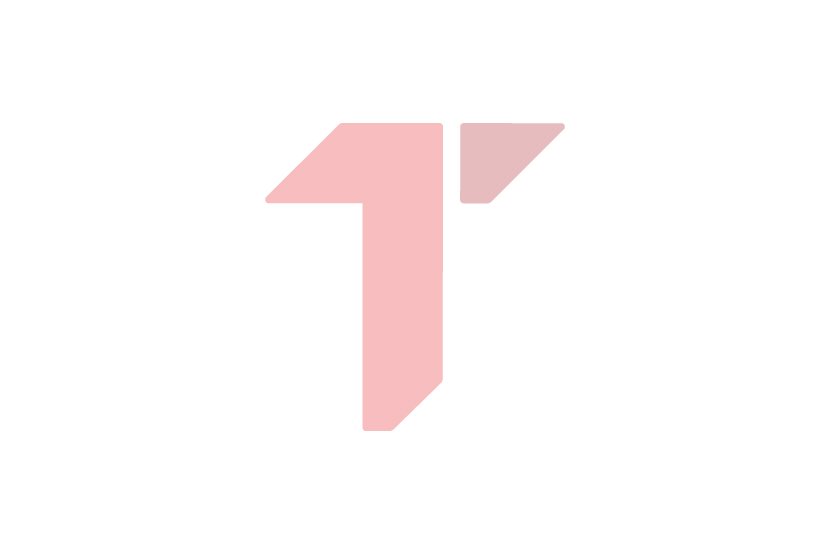
1. It must be simple so it could be drawn from the memory (current flag has too many details because of the coat of arms)
2. To have a significant symbolism (there are too many symbols that are not relevant to a democratic and secular republic)
3. Two to three colors (the flag has five colors)
4. Without text and coats of arms (there are coat of arms and Ocelot with four-letter S)
5. Unique and related (our flag is similar to other flags with pan-Slovenic colors - tricolor, and symbols such as the two-headed eagle, crown...). "
Video: Vučić: "Ovo je 5 zahteva od kojih nikada nećemo odustati"
Telegraf.rs zadržava sva prava nad sadržajem. Za preuzimanje sadržaja pogledajte uputstva na stranici Uslovi korišćenja.

